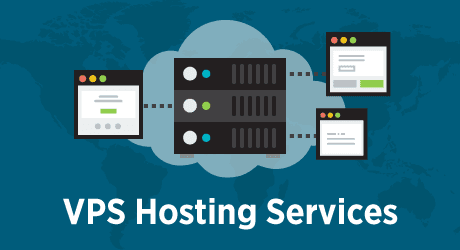
A website that runs slow or crashes during busy times can cost you money and trust. Many businesses start with shared hosting because it’s easy and cheap. But when your site grows, shared plans can’t handle heavy traffic, complex apps, or high security needs. That’s when moving to a virtual private server becomes the smart next step.
Choosing the best VPS provider in India helps your website run smoothly, load faster for local visitors, and stay secure — without paying the high cost of a dedicated server.
Why Local VPS Hosting Matters for Indian Websites
Some businesses host their sites on servers located abroad. This might look cheaper at first, but it often slows things down. When a user in India visits your site, data must travel across continents. This delay frustrates visitors and can lower your search rankings.
A local provider uses data centers inside India. This keeps your site close to your customers. Pages, images, and videos load quickly. Payment gateways run smoothly. It also helps some companies follow India’s data privacy rules.
What Makes a VPS Better Than Shared Hosting
Shared hosting works when your site is small and gets little traffic. But all sites on the same server share CPU, RAM, and storage. If one site uses too much power, others slow down or even crash.
A VPS works differently. One physical server is split into many private sections. Each section acts like its own small server. You get guaranteed resources and your own operating system. So, your site won’t slow down if someone else’s site is busy.
How to Identify the Best VPS Provider in India
Not every hosting company delivers what they promise. Here’s what to check before you pick one:
1. Local Data Centers
Make sure they have servers inside India. Hosting close to your audience means faster loading and better site performance.
2. Strong Hardware
Look for modern processors, enough RAM, and SSD storage. SSDs work much faster than old-style hard drives.
3. Clear Bandwidth Limits
Check how much data you can transfer each month. Good providers explain this clearly and don’t hide extra charges.
4. Uptime Guarantee
The best hosts promise at least 99.9% uptime. This keeps your site live almost all the time. Some even offer money back if they don’t meet it.
5. Good Security Tools
A trusted VPS provider should offer built-in firewalls, SSL certificates, regular scans, and DDoS protection.
6. Responsive Support
Test their support before you buy. Contact them with a question and see how fast and clear the reply is. Good support can save you during an emergency.
7. Easy Upgrades
Your business will grow. The best companies make it simple to add more RAM, storage, or CPU power with no downtime.
Managed vs. Unmanaged: Which to Choose?
Most providers offer managed or unmanaged VPS plans.
Managed VPS:
The provider sets up your server, updates software, secures the system, and fixes problems. You focus on your business instead of tech work. This is best if you don’t have an IT team.
Unmanaged VPS:
You do everything yourself — updates, security, and troubleshooting. This costs less but requires strong server skills.
If you want peace of mind, pick managed hosting. It costs a bit more but saves hours of work and lowers risk.
Real Example: A Growing Booking Website
Imagine a small booking website for local events. At first, shared hosting worked fine. But during a big festival, thousands of people tried to book tickets at once. Pages froze and payments failed. This caused lost sales and angry customers.
They switched to the best VPS provider in India with servers in Delhi and Mumbai. The site now runs smoothly, even during busy weekends. Bookings are faster, trust is higher, and more people recommend the site to friends.
How Much Does a VPS Cost?
A VPS costs more than shared hosting but much less than a dedicated server. Prices vary based on RAM, storage, bandwidth, and whether it’s managed.
Cheap plans can be tempting but often come with hidden limits or poor support. Balance your budget with the features you really need: good hardware, local servers, clear support, and easy scaling.
Tips for a Smooth Move
Ready to switch? Back up your current website first. Many good providers help you move your data for free or a small fee.
Choose a low-traffic time for the move. Test your site on the new VPS before pointing your domain to it. Keep your old plan active for a few days as a safety net.
Final Thoughts
Choosing the best VPS provider in India is one of the smartest moves for a growing website. A VPS keeps your site fast, stable, and safe without the high cost of a dedicated server. Hosting your site on local servers means quicker loading and better service for Indian visitors.
Always check where the servers are, what hardware they use, how strong their security is, and how helpful their support team is. If you don’t want daily tech headaches, pick a managed plan.
Trusted companies like Hostbillo provide reliable VPS plans in India with fast local servers and strong customer support — so you can focus on your business while your site runs smoothly day and night.





